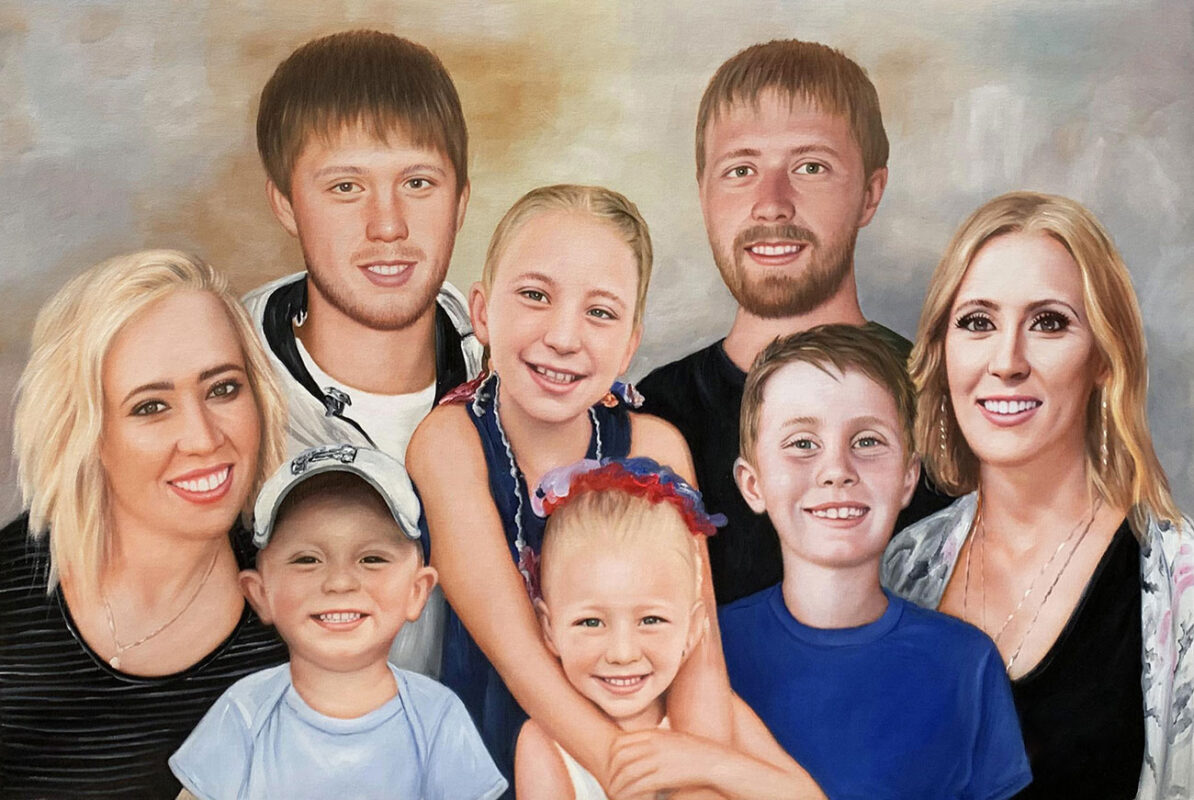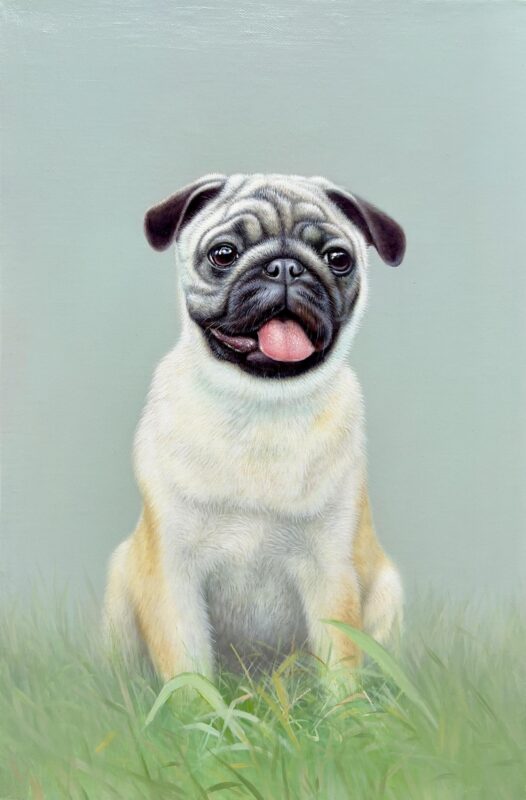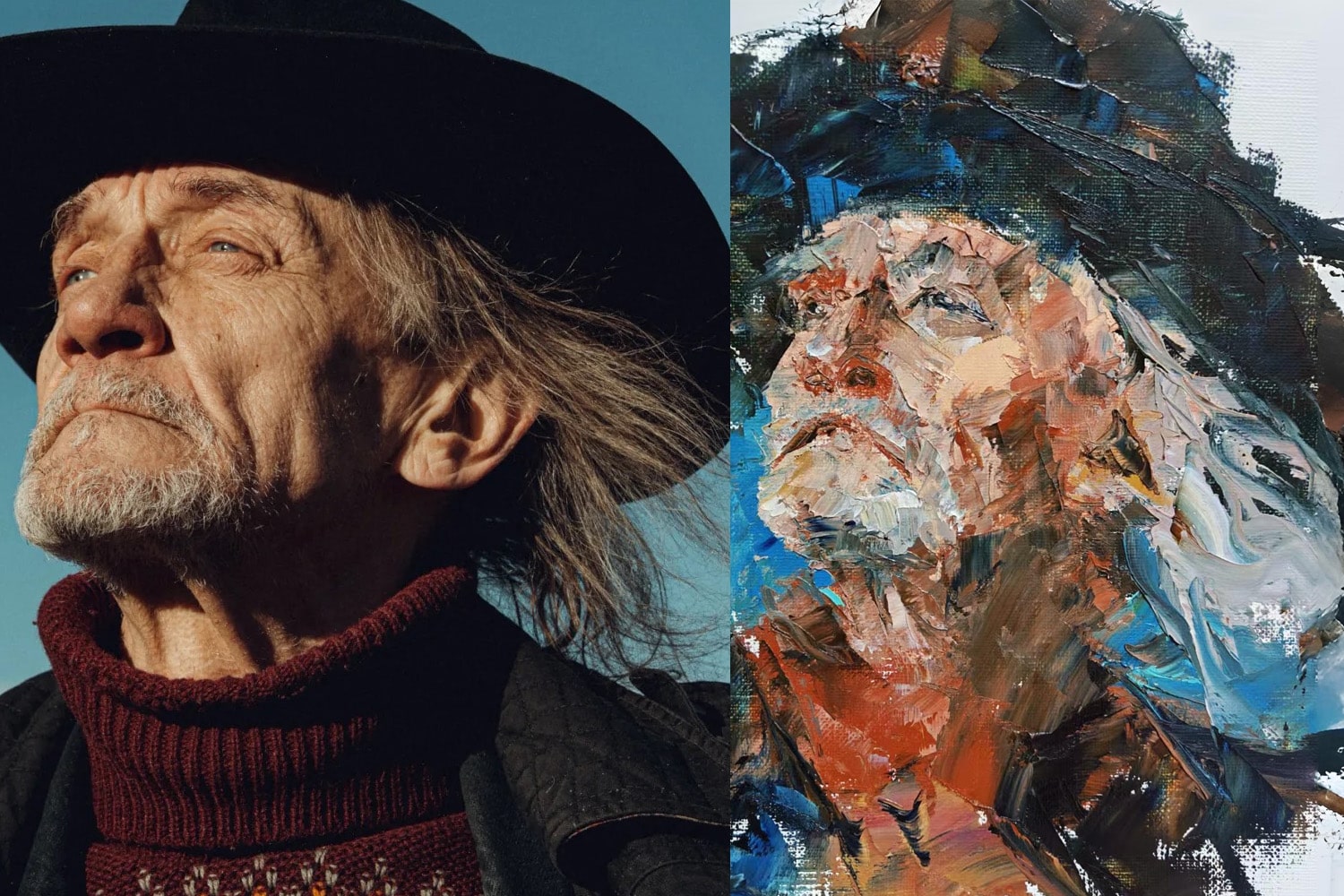Converting a photograph into a painterly artwork is no longer a novelty, it is an accessible, museum-grade practice that spans traditional studio techniques, digital illustration, and state-of-the-art artificial intelligence. This article explains how it works, which method to choose, and what to expect in terms of cost, quality, and archival permanence.
1. Why People Do It
- Sentimental value – immortalise a wedding portrait, a pet, or a childhood snapshot.
- Decor & gifting – hand-painted canvases add texture and prestige that flat prints do not.
- Archival reasons – properly executed paintings can outlast photographs by centuries.
2. The Four Main Approaches
| # | Method | Core Technology | Typical Turn-Around | Cost (USD)* | Expected Longevity** | Notes |
|---|---|---|---|---|---|---|
| 1 | Classical hand painting | Oil, acrylic, or watercolor applied by a human artist | 2–6 weeks | 90 – 2 000 | 75–200 yr (oil) Tate | Maximum texture & uniqueness |
| 2 | Digital painting | Graphics tablet + software (e.g., Adobe Fresco, Procreate) | 1–3 weeks | 50 – 800 | 50–200 yr (with pigment prints) WIR | Unlimited revisions before printing |
| 3 | AI style transfer | Convolutional Neural Networks (“Neural Style Transfer”) | 5 min – 48 h | 5 – 150 | Depends on final print medium | Fastest; style limited by training data |
| 4 | Giclée canvas print | 12-color pigment-ink inkjet on cotton canvas | 2–5 days | 30 – 300 | 70–200 yr WIR | No brushstroke relief, but high fidelity |
* Median market prices as of 2025.
** Assumes display under museum lighting (50 lx, 12 h/day).
3. Deep Dive Into Each Technique
3.1 Classical Hand Painting

Professional portraitists begin by “sight-sizing” or grid-drawing the photo onto primed canvas, followed by underpainting and successive glaze layers. Oils remain workable for hours, enabling subtle blends one reason masterpieces from the 1500s still survive.
3.2 Digital Painting
Artists paint on a pressure-sensitive tablet; strokes are recorded as vectors or raster pixels. Crucially, the final file must be output on an archival printer using pigment, not dye inks pigment prints have shown fade resistance up to 200 years in Wilhelm Imaging Research tests. Once printed on canvas, a liquid varnish recreates the gloss of real paint.
3.3 AI Style Transfer
Neural Style Transfer (NST) works by minimizing the perceptual loss between the content image (your photo) and a style reference painting. The foundational algorithm is Gatys, Ecker & Bethge 2015 (arXiv:1508.06576). Because many NST outputs look “flat,” printing on textured fine-art paper and adding hand-applied clear gel (“impasto printing”) can restore depth.
3.4 Giclée Printing Alone
If you merely want “a painting look,” a high-resolution giclée on canvas with a simulated-brushstroke varnish (e.g., ClearShield Type C) is cost-effective. Be sure the lab offers ICC-profiled printing for color accuracy; request a proof strip first.
4. Choosing the Right Option
- Budget vs. uniqueness – AI prints are cheap; hand-painted oils command higher fees but are one-of-one.
- Deadline – weddings next month? Avoid oils; they require drying time (up to 6 months before final varnish).
- Environment – humid bathrooms will damage watercolors; choose acrylic or sealed prints instead.
- Resolution of source photo – traditional artists can extrapolate from 1 MP phone shots; digital methods need ≥3 MP for crisp results.
5. Workflow Checklist
- Calibrate your monitor (sRGB or Adobe RGB 6500 K).
- Supply the highest-resolution JPEG/TIFF you have; avoid heavy compression artifacts.
- Approve a compositional sketch or AI proof.
- Confirm substrate (cotton canvas, wood panel, cold-press paper).
- Sign off on final varnish / coating options.

For a turnkey service that handles all of the above, consider ordering a custom painting from photo.
6. Preservation Tips
- Frame with UV-filtering acrylic, not glass, to reduce shatter risk and UV exposure.
- Maintain indoor humidity between 40–55 %.
- Keep lighting below 150 lux; rotate pieces out of direct sunlight annually.
Conclusion
Yes—you can transform any photograph into a painting, and you no longer have to choose between artistry and convenience. Whether you prefer the tactile richness of oil impasto or the lightning-fast turnaround of AI, today’s technologies let you match the medium to your priorities of time, budget, and archival permanence.


0 Comments